History of Winchester Firearms Manufacturing.
Winchester firearms manufacturing - Winchester Model 70, XPR Bolt Action Rifle, Super X4 and Super X3 Autoloading Shotguns Model 1894 (Model 94)
Introduction
If you're wondering where Winchester firearms are manufactured. Firearm Enthusiast often asks this question. This is mainly due to Winchester's complicated history and because factories and production sites have undergone significant changes in the last 20 years.
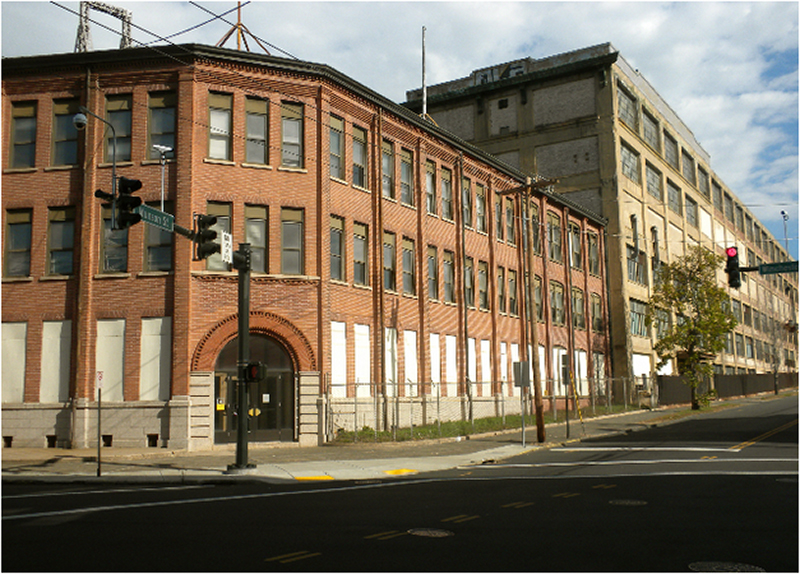
For most of Winchester's history, firearms production was largely concentrated in one location. Historic factory in New Haven, Connecticut, USA. This is not true today.
History of Winchester Firearms Manufacturing.
Oliver Fisher Winchester (November 30, 1810 – December 11, 1880) was an American businessman and politician best known as the founder of the Winchester Repeating Arms Company. The company's first firearm was the Henry rifle, which was produced in New Haven, Connecticut.
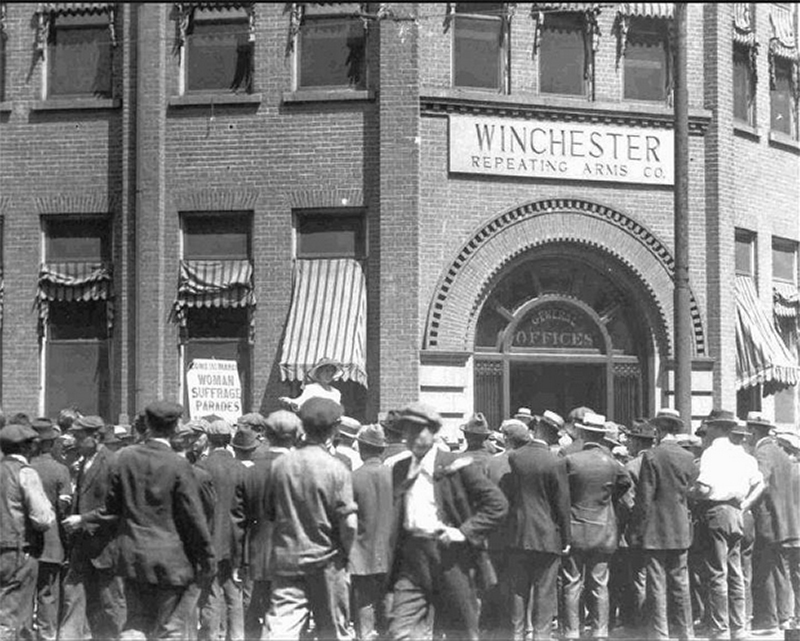
Winchester firearms have a complex and fascinating history when it comes to their manufacturing. Winchester Firearms separated from Winchester Ammunition (Olin) in 1981 and ownership of the factory and brand license changed several times. Under new ownership/management, a new production philosophy emerged in the early 1990s.
It was then that the production of Winchester firearms became part of the Herstal group. A more global approach to manufacturing began, and a new emphasis on line development, a greater commitment to quality, and a stronger push to improve overall product value.
Over the years, Winchester expanded its manufacturing operations, opening additional factories in various locations throughout the United States.
One of the most significant locations was the factory in New Haven, which became the company's primary manufacturing facility.
During World War II, Winchester played a significant role in producing firearms for the war effort. The company manufactured the M1 Carbine, which was used by the U.S. military, and also produced other firearms and ammunition for the war effort.
In the post-World War II era, Winchester continued to produce firearms at its various factories, but the company began to experience financial difficulties. In 1980, the company was purchased by its competitor, Olin Corporation, which consolidated Winchester's manufacturing operations and streamlined the production process.
In the 1990s, Winchester's manufacturing operations underwent further changes. The company's New Haven factory was closed, and manufacturing was shifted to other locations, including Columbia, South Carolina and Portugal.
Today, Winchester firearms are still manufactured in multiple locations, both in the United States and overseas. Winchester also has a facility in Oxford, Mississippi, where it produces ammunition.
Despite the changes in manufacturing processes and locations over the years, Winchester firearms have maintained their reputation for quality and reliability. The company's commitment to producing high-quality firearms and ammunition has made it a trusted name in the firearms industry for over a century and a half.
It was then that the production of Winchester firearms became part of the Herstal group. A more global approach to manufacturing began, and a new emphasis on line development, a greater commitment to quality, and a stronger push to improve overall product value.
Quick Facts - Winchester Firearms Manufacturing.
Here are some quick facts about where Winchester firearms are manufactured:
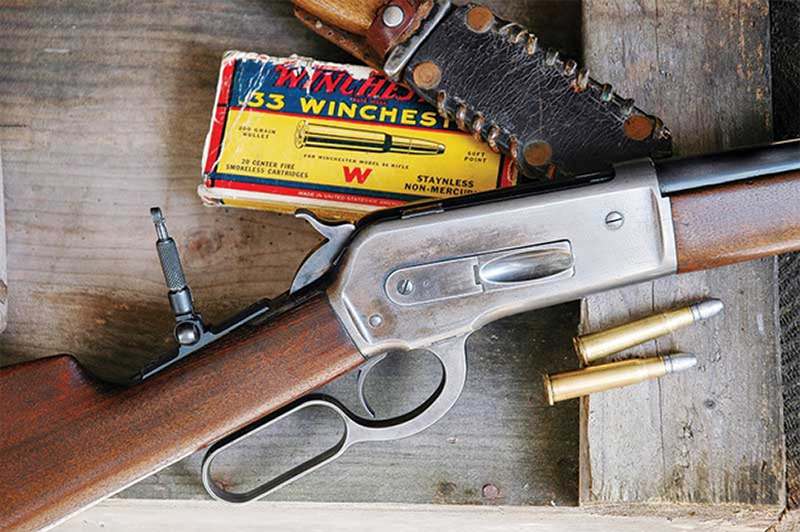
- Winchester firearms are currently manufactured in a number of locations, both in the United States and abroad.
- The company's Columbia, South Carolina, facility produces many of its rifles, including the popular Model 70 bolt-action rifle.
- Winchester shotguns are made in Portugal and Belgium.
- Winchester also has a facility in Oxford, Mississippi, where it produces ammunition.
- Winchester's manufacturing operations have changed over time, with its New Haven factory closing in the 1990s and production moving elsewhere.
- Winchester has a long history of producing firearms in the United States, with its original factory located in New Haven, Connecticut.
- Winchester played an important role in the production of firearms for the US Army during World War II.
- Despite changes in manufacturing locations over the years, Winchester firearms are still known for their quality and reliability, and the company remains a trusted name in the firearms industry.
- Winchester is known for producing iconic firearms, including the Winchester Model 1873 lever-action rifle, known as the "Gun that Won the West," and the Winchester Model 70 bolt-action rifle.
- Winchester is currently owned by the Olin Corporation, which also owns the Winchester Ammunition brand.
How Winchester Websites Work
Winchester.com and Winchesterguns.com are two separate websites associated with different divisions of the Winchester brand. Here's an overview of the key differences between the two:
Winchesterguns.com: This is the official website of Winchester Repeating Arms, the division that focuses on producing firearms. Winchester Repeating Arms is known for its iconic rifles, shotguns, and handguns that cater to various shooting applications.

The website details firearm models, specifications, features, and historical background. It also provides user manuals, warranty information, and dealer locators.
In summary, Winchester.com primarily focuses on ammunition, while Winchesterguns.com centers around firearms. Whether you are interested in ammo or guns, you can visit the website for specific information and resources related to your area.
Winchester.com: This is the official website of Winchester Ammunition, the division specializing in manufacturing and selling ammunition for rifles, shotguns, and handguns. Winchester Ammunition is renowned for its wide range of ammunition options, including hunting, sport shooting, and self-defense loads.
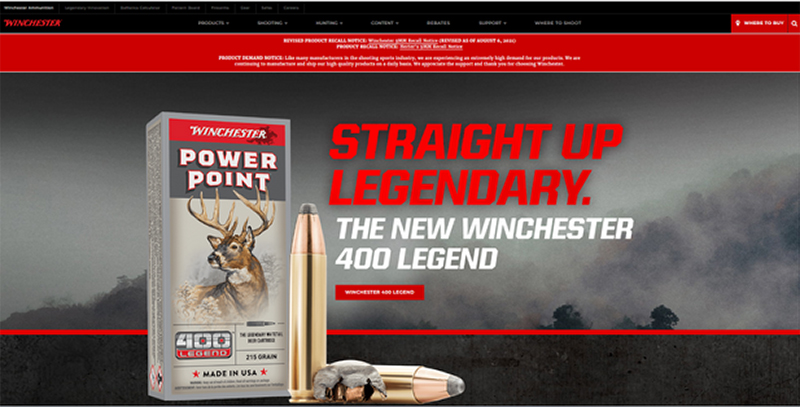
Winchester has introduced several groundbreaking technologies and cartridge designs over the years. They pioneered the first successful centerfire cartridges, including the iconic .30-30 Winchester and .44-40 Winchester cartridges. The company is known for its commitment to innovation and continuous improvement.
Winchester Ammo manufactures various ammunition types to suit different shooting applications. They offer options for other calibers, bullet weights, and bullet designs, allowing shooters to select the most suitable ammunition for their specific needs. Winchester has also developed popular cartridges like the .243 Winchester, .270 Winchester, and .308 Winchester.
This includes full metal jacket (FMJ) ammunition for target shooting and training, hollow point (HP) ammunition for self-defense and law enforcement purposes, and specialized loads for hunting various game species.
The quality control standards employed by Winchester Ammunition are known to be rigorous. Each round undergoes thorough inspection and testing to ensure consistent performance, reliability, and accuracy.
Popular Winchester Firearms Over The Time.
Winchester Model 70.
The Winchester Model 70 is a bolt-action rifle manufactured by the Winchester Repeating Arms Company from 1936. The Model 70 has undergone many changes in design and manufacturing processes over the years, but it remains a popular and highly regarded rifle among the public. Hunter and Shooter.
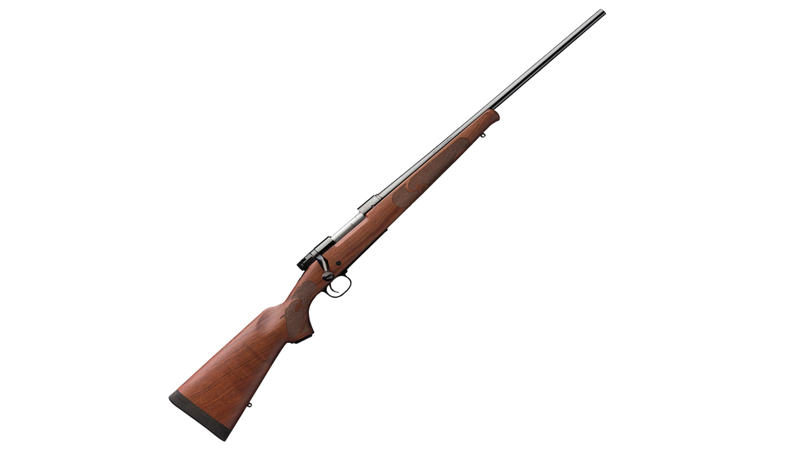
The early Model 70 rifles were produced at Winchester's New Haven, Connecticut factory, which was the company's primary manufacturing facility at the time. During World War II, Winchester turned its attention to producing firearms for the war effort, including the M1 carbine, and production of the Model 70 was temporarily halted.
After the war, the Model 70 resumed production and Winchester continued to manufacture the rifle at its New Haven factory. In the 1960s, the manufacturing process for the Model 70 was updated, and the rifle received a new "push-feed" bolt design. This change sparked controversy among some Model 70 enthusiasts, who preferred the original "controlled-feed" bolt design.
In the 1990s, significant changes occurred in Winchester guns manufacturing operations and the New Haven factory was closed. Production of the Model 70 was moved to other locations, including Japan and Portugal. However, the decision to move production overseas was met with criticism from some Model 70 enthusiasts, who believed the quality of the rifles would suffer.
In 2006, production of the Model 70 was shifted back to the United States, with rifles being produced at the FN manufacturing plant in South Carolina. The move was seen as a positive development by many Model 70 enthusiasts, who welcomed the return of American-made Model 70 rifles.
XPR Bolt Action Rifle.
The Winchester XPR is a bolt-action rifle first introduced in 2015. It is designed for hunting and target shooting, and has quickly gained a reputation for being a reliable and accurate rifle.
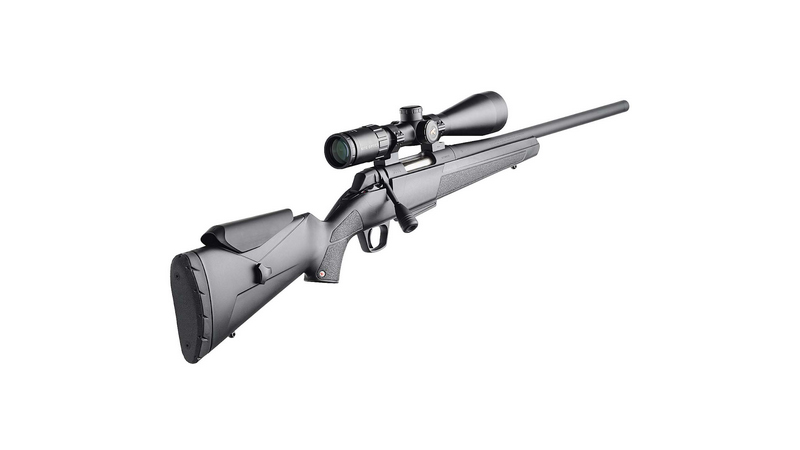
The XPR is manufactured at Winchester's factory in Portugal, where the company makes most of its shotguns and some rifles. The rifle is available in a range of calibers including .270 Winchester, .30-06 Springfield, and 300 Winchester Magnum.
The XPR features a steel receiver and a polymer stock, making the rifle lightweight and durable. It also features a detachable box magazine, which allows for quick and easy reloading.
One of the key features of the XPR is its MOA trigger system. The system is designed to provide a crisp, clean trigger pull that is adjustable from 3 to 5 pounds. The trigger system also features zero take-up and zero creep, which helps ensure accuracy while shooting.
Another important feature of the XPR is its two-position protection. This safety is located on the right side of the receiver, and it allows the shooter to lock the bolt in place and prevent accidental discharges.
Super X4 and Super X3 Autoloading Shotguns
The Winchester Super X4 and Super X3 are autoloading shotguns designed for hunting and sport shooting. Both of these shotguns have earned a reputation for being reliable and easy to handle, making them a popular choice among hunters and marksmen.
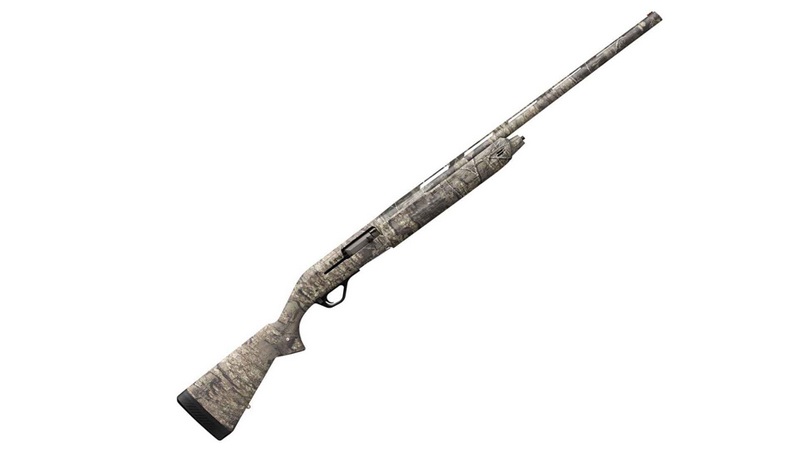
The Super X4 is the newer of the two shotguns, introduced in 2017. It is manufactured at Winchester's factory in Portugal, where the company makes most of its shotguns. Super X4 is available in a variety of gauges including 12 gauge, 20 gauge and 28 gauge.
One of the key features of the Super X4 is its Active Valve Gas System. The system is designed to cycle a wide variety of loads, from light 2 3/4-inch shells to heavy 3 1/2-inch magnum loads, without the need for any adjustments. This makes the Super X4 a versatile shotgun that can be used for a wide range of hunting and shooting applications.
The Super X3 was introduced in 2005 and has since been discontinued. It was also manufactured at Winchester's factory in Portugal and was available in a variety of gauges. The Super X3 featured a gas-operated action designed to reduce recoil and improve accuracy.
Both the Super X4 and Super X3 feature lightweight designs and ergonomic stocks that make them easy to handle and shoot. They also have interchangeable chokes, which allows shooters to customize their shotguns for a variety of shooting situations.
Super X Pump - Pump Action Shotgun (SXP)
The Winchester Super X Pump, also known as the SXP, is a pump-action shotgun that is designed for hunting, sport shooting, and home defense. It is known for its reliability, fast cycling, and smooth operation.
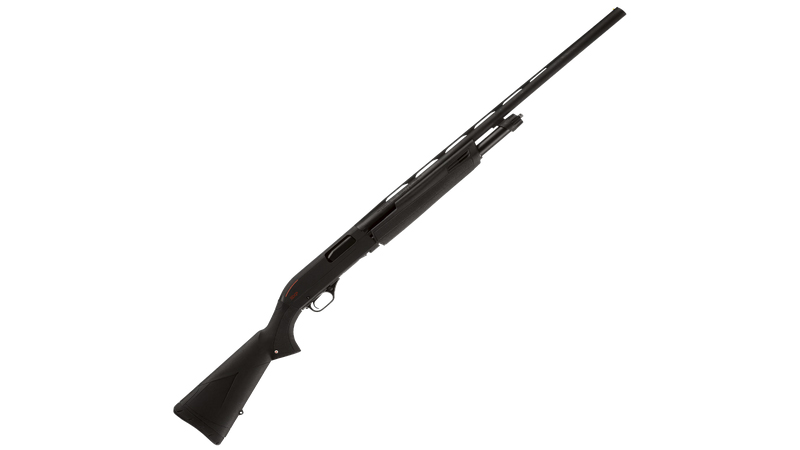
Current SXPs are designed and inspected by our R&D team in Morgan, Utah. They are then manufactured at our partner factory in Istanbul, Turkey. Istanbul is a major manufacturing and commercial center for Europe.
Winchester has partnered with a trusted manufacturer in Turkey to produce the SXP line of shotguns, leveraging their expertise and craftsmanship in shotgun manufacturing.
The SXP shotguns are available in various models and configurations, including different barrel lengths, gauges (12 gauge and 20 gauge), and finishes. They feature a robust pump action system, which allows for quick and efficient cycling of shells, making them popular among hunters and shooters who need a reliable and fast-operating shotgun.
One notable feature of the SXP shotguns is the Inflex Technology recoil pad, which helps reduce felt recoil, making shooting more comfortable and manageable. Additionally, the shotguns typically come with interchangeable chokes, allowing shooters to customize their shot patterns for different hunting or shooting situations.
The SXP shotguns are known for their durability and solid construction. They often feature synthetic stocks and corrosion-resistant coatings, making them suitable for weather conditions and rough handling.
Overall, the Winchester Super X Pump (SXP) shotguns provide shooters with a reliable, affordable, and versatile pump-action option. Manufactured in Turkey, these shotguns continue the Winchester tradition of offering quality firearms for hunting, sport shooting, and self-defense purposes.
Model 1894 (Model 94)
The Winchester Model 1894, commonly known as the Model 94, is a lever-action rifle that has a rich history and remains an iconic firearm to this day. It was first manufactured by the Winchester Repeating Arms Company in 1894, hence its name, and it quickly became one of the most popular rifles of its time.
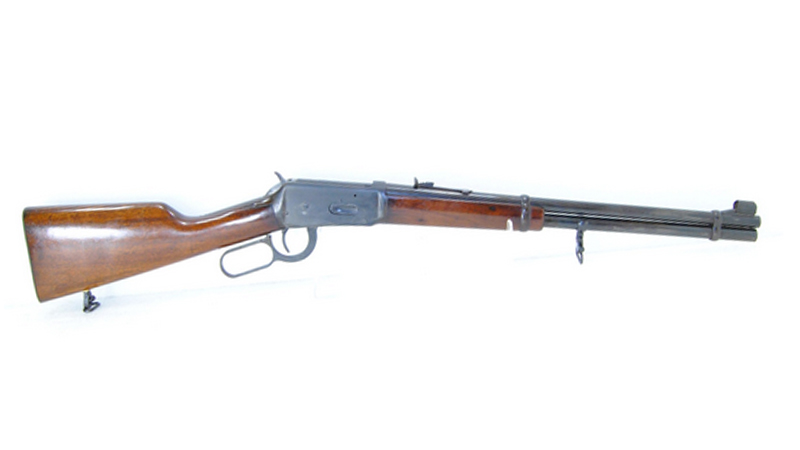
The Model 94 was initially produced at Winchester's factory in New Haven, Connecticut, which served as the company's primary manufacturing facility. Over the years, production of the Model 94 expanded to include other locations as well. The New Haven factory continued to manufacture the Model 94 until its closure in the 2000s. During this period, the Model 94 underwent various changes in design and manufacturing processes to accommodate advancements in technology and meet evolving customer preferences.
After the closure of the New Haven factory, Winchester continued to produce the Model 94 at other manufacturing facilities. Some of these locations included the Miroku Corporation in Japan, which produced high-quality reproductions of the Model 94 for the U.S. market. These Japanese-made Model 94 rifles were well-regarded for their craftsmanship and attention to detail.
However, it's important to note that the production of the Model 94 has faced intermittent interruptions and changes in manufacturing locations over the years. As of my knowledge cutoff in September 2021, I do not have specific information on the current manufacturing location for the Model 94, as it may have changed since then.
Nevertheless, the Winchester Model 94 holds a special place in firearms history and is often associated with the American West and cowboy era. Its lever-action design, iconic appearance, and historical significance have made it a sought-after rifle among collectors, enthusiasts, and those who appreciate its nostalgic appeal.
Model 1866
The Winchester Model 1866, often referred to as the Model 66 or Yellow Boy, is a lever-action rifle that holds a significant place in firearms history. It was the first rifle produced by the newly established Winchester Repeating Arms Company, founded by Oliver Winchester in 1866.
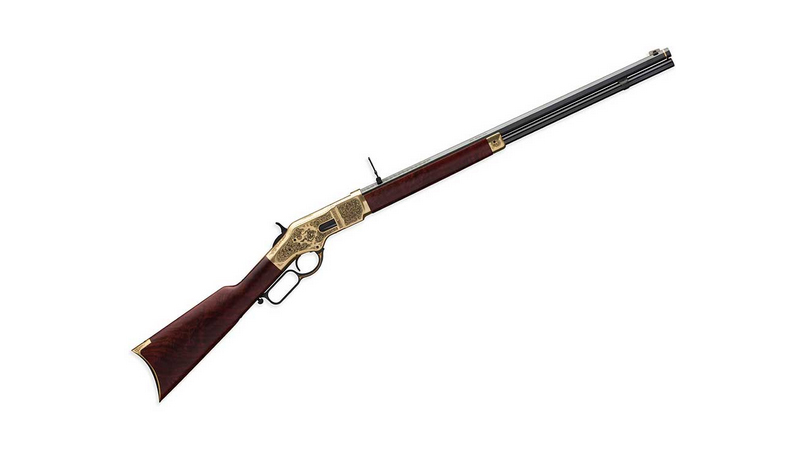
The Model 1866 was manufactured at Winchester's factory in New Haven, Connecticut, which served as the company's primary manufacturing facility. The rifle was introduced as an improved version of the earlier Henry rifle, which was produced by the Volcanic Repeating Arms Company, a predecessor of Winchester.
It featured a lever-action mechanism, allowing for rapid fire, and a tubular magazine located underneath the barrel that could hold up to 15 rounds of .44 Henry rimfire ammunition.
The Model 1866 played a significant role in the expansion of the American West, as it was a favorite firearm among settlers, cowboys, lawmen, and outlaws alike. Its reliability, quick reloading capability, and comparatively high ammunition capacity made it a popular choice for those venturing into the frontier.
The success of the Model 1866 set the stage for the subsequent Winchester lever-action rifles, including the immensely popular Model 1873, known as the "Gun that Won the West." The Model 1866 and its successors contributed to Winchester's reputation as a leading firearms manufacturer during the late 19th century and early 20th century.
While the original production of the Model 1866 ceased in the early 20th century, Winchester periodically reintroduced the rifle as part of limited editions and commemorative models to satisfy the demand from collectors and enthusiasts.
Other Historic Winchesters Firearms
- Model 1885 Single Shot
- Model 1886 lever action
- Model 1892 lever action
- Model 1895 lever action
- Model 1873 lever action
Winchester Model 101 Over and Under
The Model 101 was introduced by Winchester in 1963 and has since become one of the company's most popular and enduring shotguns.
The Model 101 Over and Under shotgun has been manufactured at various locations. The initial production occurred at Winchester's facility in New Haven, Connecticut. However, like other Winchester firearms, the manufacturing of the Model 101 has changed location over time.
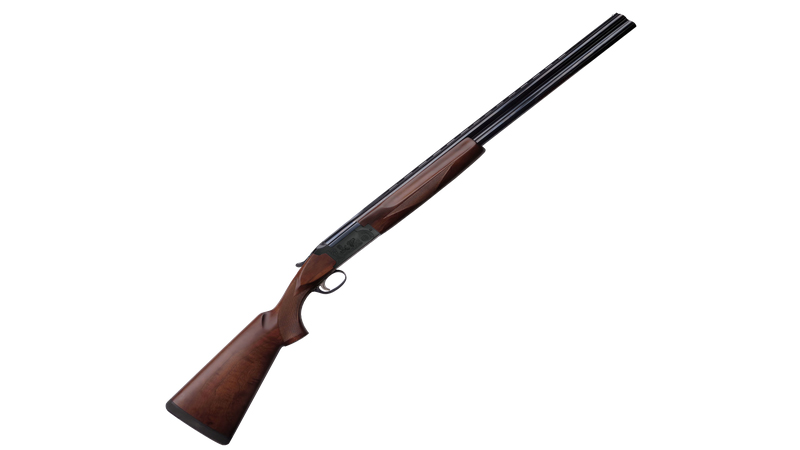
One of the significant developments in the production of the Model 101 occurred when Winchester entered into a licensing agreement with the Belgian firearms manufacturer FN Herstal. Under this agreement, the Model 101 shotguns were manufactured by FN in Belgium, known for its expertise in producing high-quality firearms.
The Model 101 is highly regarded for its balance, portability, and reliability, making it suitable for various shooting applications, including hunting, clay target shooting, and sport shooting. It has earned a reputation as a premium shotgun choice among enthusiasts and competitive shooters. The shotgun has a solid frame construction and is available in various gauges, including 12 gauge, 20 gauge, and 28 gauge.
Wildcat 22 Rimfire Autoloader.
The Winchester Wildcat is a .22 rimfire autoloading rifle that offers a reliable and affordable option for plinking, small game hunting, and recreational shooting. Introduced in 2019, the Wildcat is designed to provide shooters with a lightweight, versatile firearm that delivers excellent performance and value.
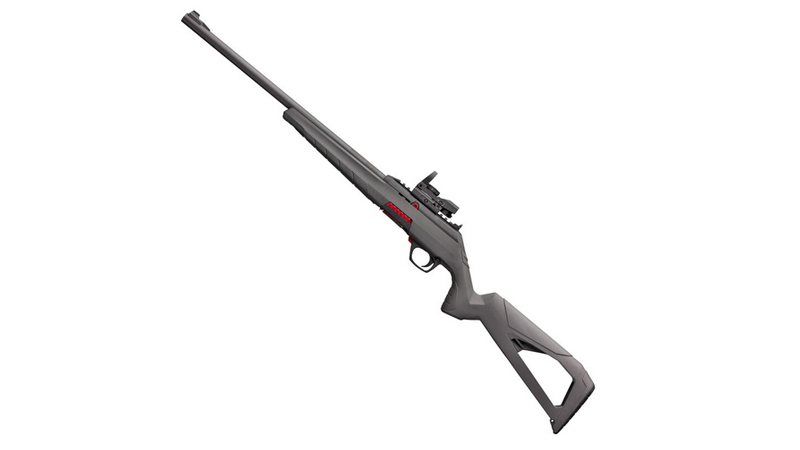
The Winchester Wildcat is designed specifically for .22 Long Rifle (LR) ammunition, which is widely available and cost-effective. The rifle has a detachable box magazine with a capacity of 10 rounds, allowing for quick and easy reloading. It features a blowback action, meaning that the force of the fired round is used to cycle the action and chamber the next game.
The Winchester Wildcat 22 Rimfire Autoloader is manufactured at Winchester's factory in Portugal. The Portuguese facility has a reputation for producing high-quality firearms and has been involved in manufacturing various Winchester models, including shotguns and rifles.
By leveraging its expertise and precision manufacturing processes, Winchester ensures that the Wildcat meets its strict quality standards. The Portuguese factory employs advanced machinery and skilled artisans to produce reliable, accurate, and durable firearms.
Winchester's commitment to quality extends to Wildcat, designed to provide shooters with a dependable and enjoyable shooting experience. From the assembly of components to the final testing and inspection, Winchester maintains rigorous quality control measures to ensure that each Wildcat rifle meets the company's standards of excellence.
The choice to manufacture the Wildcat 22 Rimfire Autoloader in Portugal allows Winchester to leverage the expertise and capabilities of their overseas manufacturing facility while ensuring the production of a high-quality and affordable firearm.
It's worth noting that manufacturing locations and processes may change over time, so it's always a good idea to consult the most up-to-date information from Winchester or authorized dealers for the most accurate and current details on the manufacturing of the Wildcat 22 Rimfire Autoloader.
The Historic factory in New Haven, Connecticut
The historic Winchester factory in New Haven, Connecticut, played a significant role in manufacturing Winchester firearms, including some of the most iconic models in the company's history. The factory, located on Winchester Avenue, was the primary manufacturing facility for Winchester Repeating Arms Company for many years.
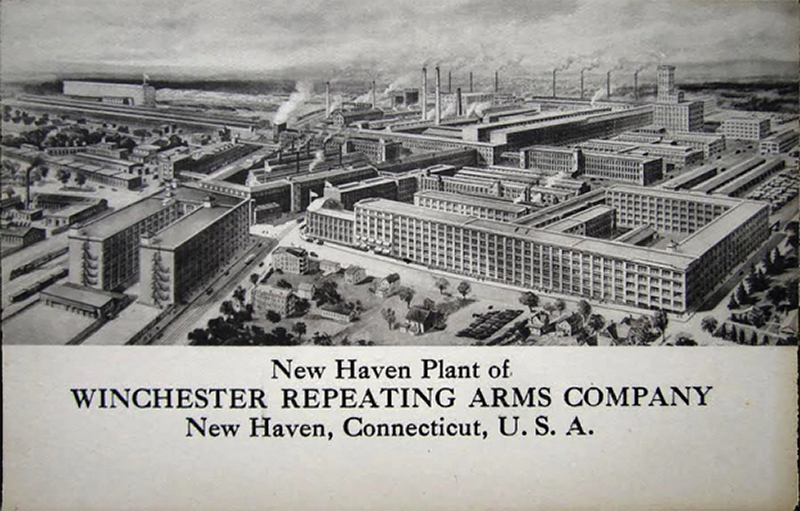
The New Haven factory was established in the late 19th century and became the hub of Winchester's operations. It was here that several legendary firearms were produced, including the Winchester Model 1866, Model 1873, Model 1894, and many others. These rifles played pivotal roles in shaping the American West, gaining popularity among settlers, cowboys, and law enforcement officers.
The factory in New Haven employed skilled artisans and used advanced manufacturing techniques to produce high-quality firearms. The facility encompassed various departments, including machining, assembly, and finishing, where the components were meticulously crafted and assembled to create the finished guns.
The New Haven factory symbolized Winchester's commitment to innovation, quality, and craftsmanship. At this facility, the designs of renowned firearms designers like John Browning and Benjamin Tyler Henry came to life.
However, in the early 2000s, Winchester's manufacturing operations in New Haven ceased, and the historic factory closed its doors. The closure marked the end of an era for Winchester's presence in New Haven, Connecticut, and the production of Winchester firearms shifted to other manufacturing facilities, including those outside the United States.
Also Read : Remington 870 - America's Most Popular Shotgun
Conclusion
In conclusion, Winchester firearms have a rich and complex manufacturing history. The Winchester Model 70, XPR Bolt Action Rifle, Super X4, Super X3 Autoloading Shotguns, Super X Pump (SXP), Model 1894, and Model 101 Over and Under have all been manufactured at various locations throughout the years.
While Winchester had a historic factory in New Haven, Connecticut, where many iconic firearms were produced, manufacturing locations have changed over time. Winchester has utilized factories in different countries, including Belgium, Japan, Portugal, and the United States, to produce their firearms.
FAQ
Q. Where are Winchester firearms manufactured?
Ans. Winchester firearms have been manufactured in different locations over the years. The Winchester Repeating Arms Company was originally founded in New Haven, Connecticut, and their guns were primarily manufactured there. However, manufacturing operations have changed over time, and Winchester firearms are now produced in various facilities, including those in South Carolina, Belgium, and Portugal.
Q. Are Winchester firearms still being manufactured?
Ans. Yes, Winchester firearms are still being manufactured today. While the ownership and management of the company have changed over time, Winchester firearms continue to be produced and are highly regarded by firearms enthusiasts and collectors.
Q. Are Winchester firearms made with quality materials?
Ans. Winchester has a reputation for using high-quality materials to produce their firearms. They have a long-standing commitment to craftsmanship and have employed innovative manufacturing techniques throughout their history to ensure the reliability and durability of their guns.
Q. Can I purchase Winchester firearms directly from the manufacturer?
Ans. Winchester firearms are typically available for purchase through licensed firearms dealers and distributors. It is advisable to check with local firearm retailers or online platforms specializing in firearms sales to explore the availability of Winchester firearms.
Q. What types of firearms does Winchester manufacture?
Ans. Winchester is known for producing a wide range of firearms, including rifles, shotguns, and handguns. They have manufactured iconic models such as the Winchester Model 70 rifle, Winchester Model 94 lever-action rifle, and Winchester Model 12 shotgun.
